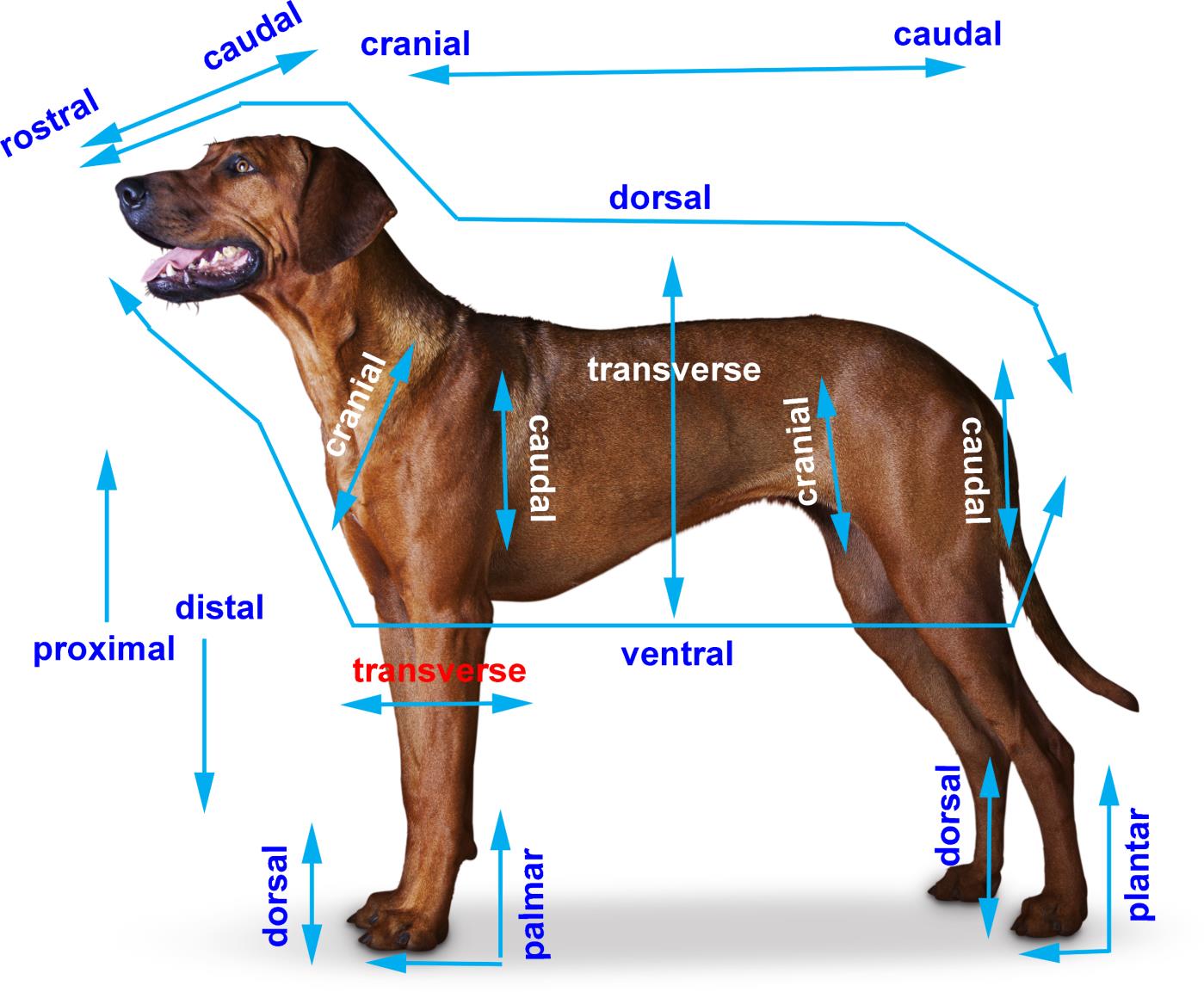Describe the direction of a mass that is toward a dog's nose.
Rostral 
Where development begins to form a zygote.
What is the fertilization of the ovum by a spermatozoon?
A nerve that gathers information about the external environment from your skin and relays the message to your CNS
Afferent Nerve (sensory)
Where sensory experiences begin.
What are receptors?
What are the building blocks of peptide hormones?
Proteins
The ability of the cell to use food is known as...
Metabolism
The formation of a developmental anomaly.
What is teratogenesis?
The part of an animal's autonomic nervous system that is most active when fleeing a predator
Sympathetic
The cease of firing of a receptor after an initial burst of activity when stimulation is sustained/continued, followed by another response of action potentials when the stimulus is withdrawn.
What is adaptation?
Oxytocin uses ___ feedback regulation to increase uterine contractions
Positive - oxytocin signals pituitary gland to secrete more oxytocin
Tendons and ligaments are made up of what type of connective tissue?
Dense REGULAR connective tissue.
The levels of differentiation (potency).
What is...
Totipotent (zygote, morula, blastocyst)
Pluripotent (embryonic stem cell, inner cell mass)
Multipotent (endo-, meso-, ectodermal cells)
Omnipotent
Unipotent
Fully differentiated
The number of layers that make up the meninges (connective tissue coverings) of the brain.
3 - pia mater (inner), arachnoid, and dura mater (tough outer)
Special senses.
What are vision, audition, and equilibrium?
The adrenal glands are located near the kidneys and produce hormones. Name the hormone produced by the anterior pituitary gland that targets the adrenal glands.
ACTH (adrenocorticotropic hormone)
Animal cells consist of water, protein, lipids, carbs, and inorganic matter. Of the three tissues below, which has the highest proportion of water in a living animal?
Fat tissue
Lean muscle
Bone tissue
Lean Muscle
(followed by bone tissue, then fat has the lowest water %)
The directions in which the developing limb directs its growth (3).
What is...
Cranial to caudal
Medial to lateral
Proximal to distal
The channels preferentially concentrated at nodes of Ranvier.
What are voltage-gated sodium channels?
The 3 divisions of the ear and their components.
What are the...
External ear: auricle, pinna
Middle ear: tympanic cavity, tympanic membrane
Inner ear: cochlea (audition receptors), vestibular apparatus (equilibrium and balance)
Which hormone originates in the thyroid gland and targets bones to regulate blood calcium levels
Calcitonin
Describe the difference between hypertrophy and hyperplasia.
HyperTROPHY - increase in the size of a structure due to an increase in INDIVIDUAL cell size or mass
Hyperplasia - increase in the size of a structure due to an increase in the NUMBER of cells
The five stages of embryo development, their structures, and what they will become.
What is...
Zygote:
-Single-celled, will cleave to create the morula
Morula:
-Cluster of small cells (berry-like), will increase in size to become the blastula
Blastula:
-Blastocele develops with the trophoblast surrounding it and the inner cell mass protruding from the trophoblast, this stage is pluripotent or multipotent
-The amniotic cavity will form dorsal to the inner cell mass, but still within the trophoblast
-The part of the inner cell mass proximal to the amniotic cavity is the epiblast and the part proximal to the blastocele is the hypoblast.
Gastrula:
-Thickening of the epiblast forms the primitive streak
-The ectoderm is formed when epiblast cells migrate to the interior of the embryo, the endoderm is formed by the displacement of the hypoblast creating a deep layer, the mesoderm establishes between the endoderm and ectoderm
--The ectoderm will become epidermis and nervous tissue.
--The endoderm will become the lining of the gastrointestinal and respiratory systems, the epithelial parts of glands associated with the digestive system, and parts of the reproductive system.
--The mesoderm will become muscle, skeleton, and portions of the urinary, cardiovascular, and reproductive systems.
Neurula:
-The notochord is formed by the condensation of the mesoderm on the midline of the developing embryo into a longitudinal rod
-The neural plate is formed by the thickening of the ectoderm superficial to the notochord (now called the neurectoderm)
-The neural groove is formed by the thickening and dorsal growth of the lateral edges of the neural plate
-The edges of the neural groove continue to grow until they meet and fuse to form the neural tube
--The neural tube will become the brain and spinal cord
This specific area of the cerebral cortex is linked to voluntary motor activity.
What is the motor cortex?
The types of sensory receptors and what they respond to.
Mechanoreceptors: physical deformation (touch, pressure)
Thermoreceptors: heat and cold (temperature)
Nociceptors: injurious (noxious) stimuli
Photoreceptors: light receptors of the retina
Chemoreceptors: chemical changes (taste, smell, blood pH, gas concentrations of blood)
2 parts!
1. The hormone Prolactin is produced in the anterior pituitary gland and targets the ___
2. Which hormone is synthesized in the pineal gland and targets the hypothalamus? It is seen as the "internal clock"
1. Mammary Glands
2. Melatonin